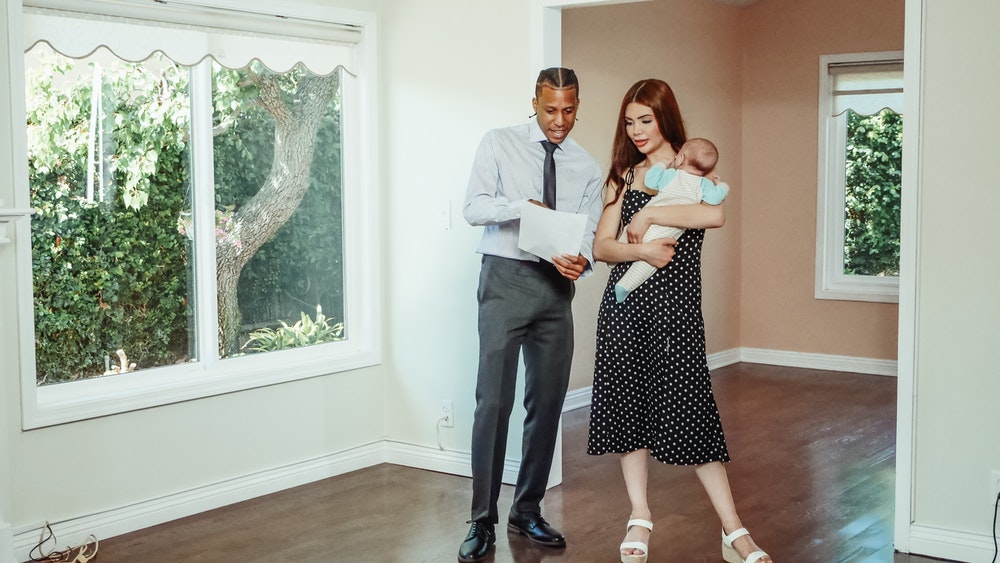
Inspection day is the day that you get a glimpse of what you’re getting yourself into as far as the home’s condition is concerned. For this reason, you want to ensure that you get some things right ahead of the inspection day to ensure that the process is as successful as it can be. Here is a home inspection checklist to follow before buying your dream home:
Foundation, structure, and exterior
The foundation and exterior structure of the home should make up the basis of your home inspection checklist. You want to properly assess them to ensure that the foundation and the walls of every room in the house are in great condition without any visible cracks or shifts.
Confirm if the home has a proper drainage system away from the house. Ensure that there are no soggy areas or evidence of standing water in sight.
You should also check the condition of the external walls and paint. This will tell you if the house will require repair or painting in the near future. It is also very important to confirm the condition of the roof and the gutter.
Ensure that they do not show any signs of decay and that the latter drains properly. If the roof is in a bad condition, you might need to get roof repair from a reliable company as soon as possible. According to Cenvar Roofing, a company of roofers in Charlottesville VA, the five signs that you need a new roof are visible leaks, interior water damage, curling shingles, a sagging roofline, and storm damage.
Plumbing and HVAC
There is no doubt that the plumbing and HVAC system is one of the most important components of any home. However, in most cases, you’ll find out that homeowners are not entirely certain about how plumbing and HVAC systems work.
When inspecting the condition of the plumbing and HVAC system of the home you’re about to purchase, you want to ensure that there is no evidence of damage or leaks on the visible pipes.
You should also ensure that the water heater doesn’t show evidence of rust. The water pressure should also be within an accepted range, while the hot water temperatures shouldn’t surpass 125-degrees Fahrenheit.
As for the HVAC system, you need to ensure that every room in that home receives sufficient airflow and that the cooling unit doesn’t show any signs of rust. It’s also very important to check the condition of the air filters to determine whether they need to be cleaned or even replaced.
Electrical
Before buying a home, you want to ensure that the property’s electrical systems are in great condition. If the electric panels of the house are outside, ensure that you start your inspection from there.
However, you must remain cautious when inspecting electric panels because they can be very dangerous. Unless you’re a professional electrician, do not attempt taking off any electric panel covers.
It is even better to turn off the main switch before proceeding with the inspection. Ensure to confirm that all the switches are functional and get any malfunctions fixed right away. It is also important to inspect the splices and cables to ensure that they’re properly secured and protected.
Interior
The interior areas of the house might seem a little bit straightforward, but you should also ensure that they’re properly inspected. When inspecting the interior, it is best to start from the main door and work your way from room to room.
Ensure that you open all the doors and windows and also operate all the fans, faucets, switch, and showers inside the house. Confirm if there are any strange odors and signs of moisture intrusion from inside the house.
If any appliances are included in the home’s purchase, check to confirm that they’re in good condition. It is also very important to check for any stains on the floor and that the house is properly insulated.
A home inspection is very important before purchasing a home. For this reason, ensure that you hire a qualified home inspector to do the work for you to ensure that you avoid any bad surprises after purchasing the house.

